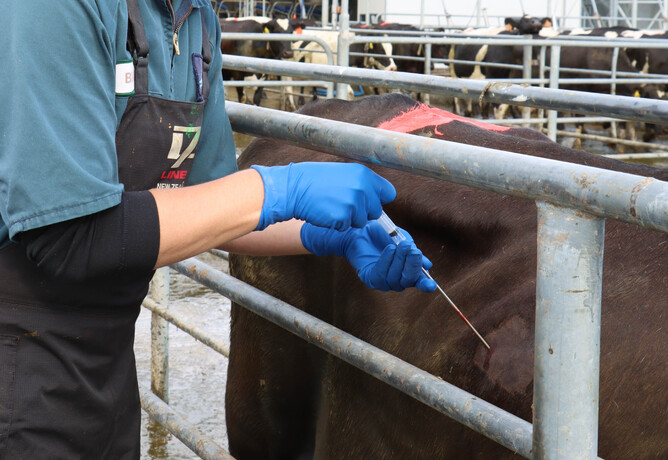With zinc season ending and winter approaching, now is a great time to test your herd’s mineral status, and copper levels in particular.
Cows in late pregnancy and youngstock have the greatest demand for growth, and so are most negatively affected by low trace element levels.
What are the two main questions to consider?
Do my cows and calves currently have sufficient mineral reserves to meet demands over the winter period without becoming deficient?
Are they currently deficient in any trace elements or, conversely, do they have overly high levels of any trace elements? For example, are my herd’s copper levels getting toxic as large amounts of PKE is being fed.
How can we test trace element levels?
While blood testing can accurately assess selenium levels, liver biopsies give a much better picture of a cow’s long-term copper status, or liver reserves, and assess selenium too.
They can also determine cobalt/vitamin B12 levels. Liver biopsies can be taken alongside blood samples to gain a better picture of overall mineral status.
What does a liver biopsy involve?
A liver biopsy is a relatively quick procedure performed by a vet on a restrained cow, often up a race. The biopsy is taken by inserting a trochar (a very large needle) into the right side of the animal to obtain a small sample of liver tissue. Local anaesthetic is used.
We recommend ten cows are drafted for our visit to test trace element levels, and six cows will be chosen for the liver biopsies. This gives us ‘spares’ if any cows are unsuitable candidates. They should represent the age and breed structure of the herd in question (i.e. candidates should be a mix of the ages and breeds in your herd).
In subsequent years, these same animals can then be used to determine the trend for a particular farm.

